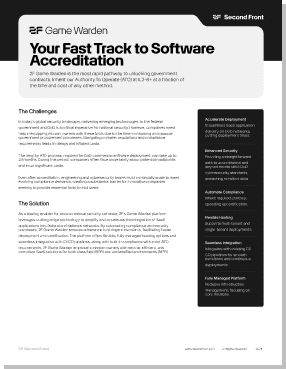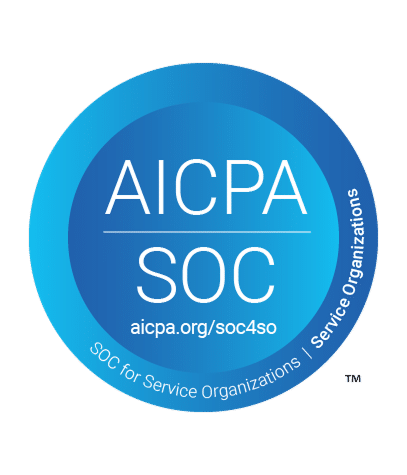Develop. Deploy. Defend.
The 2F Suite simplifies and accelerates every step of the software development and delivery process, including Day 2 operations and extensibility.
Game Warden Product Sheet
See how you can rapidly onboard, host and deploy applications to unclassified and classified networks.
Trusted. Proven. Relentless.
Leading software providers and government agencies around the world trust us to deliver secure technology.
2F + Saab
See how we're partnering with Saab to take 2F Game Warden to remote, low-connectivity environments.
Now Listed in Google Cloud Marketplace
Learn what it means for 2F Game Warden to be listed in the Google Cloud Marketplace.
Solutions that empower and transform.
Whether delivering software to the public sector for the first time or needing a hand navigating the complex accreditation process, 2F is your one-stop shop.
Sustainment Earns Accreditation in 58 Days
See how Sustainment leveraged 2F Game Warden to deploy the Air Force at the speed of relevance.
Your command center for knowledge and innovation.
Strategic insights, mission-ready resources, and frontline expertise—all in one place.




